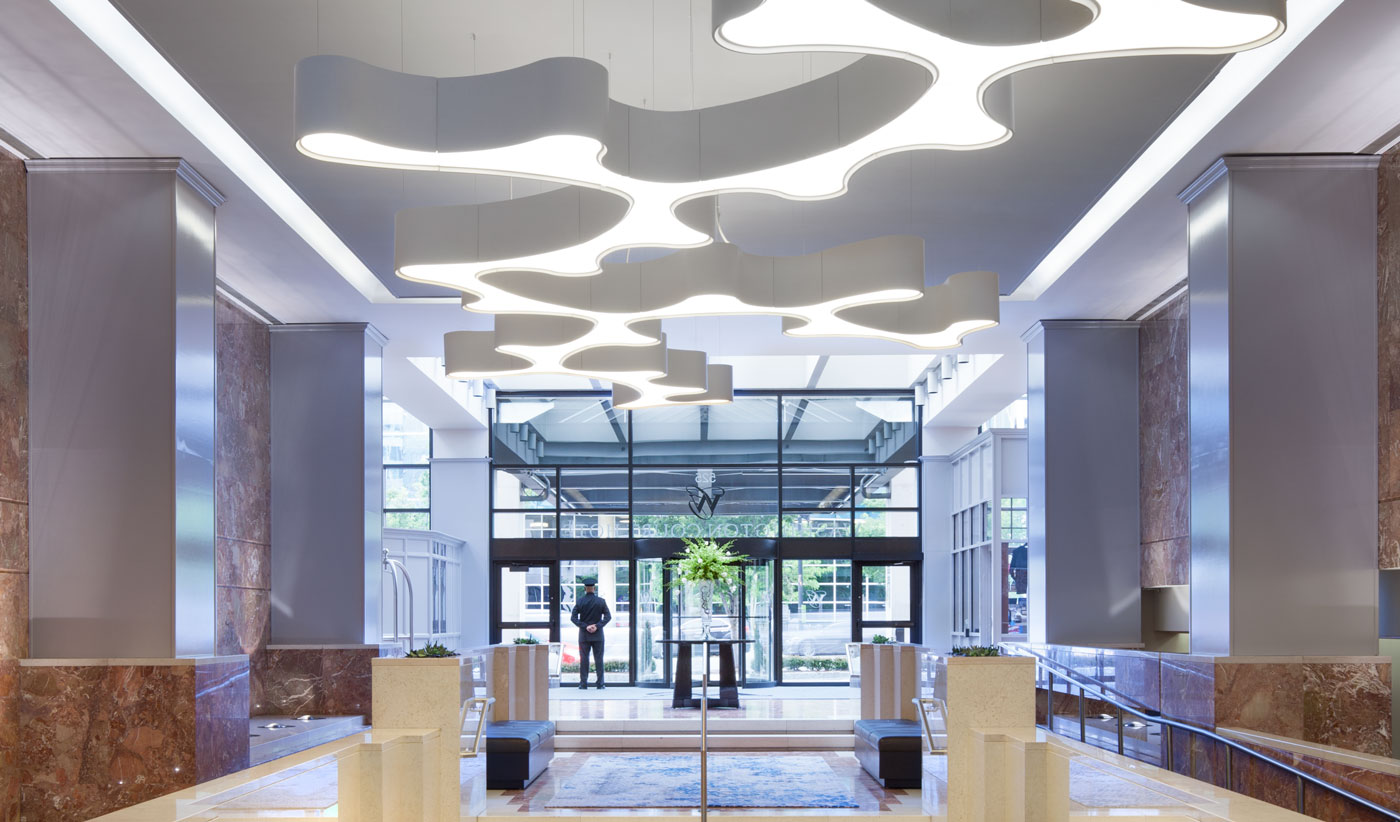The hotel industry is one of the largest in the world. As such, hospitality interior design is one of the most important branches of commercial design. Whether it's the floor plan or the color scheme of walls, careful curating of these elements will create a seamless, harmonious environment. It will also enhance the guest experience in the hotel. Here are a few of the things to keep in mind when designing a hotel. Once you've determined what your client's needs are, you can start planning your project.
The first step in hospitality interior design is to determine the purpose of the room. The furniture will dictate the mood of the space. You might want to create an airy and open space, or an intimate setting. There are different styles of hospitality interior design. Consider the type of guests you'll be serving to determine how to design the space. A good designer will consider the number of people who will be coming to the location and their preferences. Once you've established the type of guests, you can then choose the type of furnishings and colors that will suit the purpose of the room.
The second step is to choose the right color palette. The right color will create a harmonious environment in the space. A designer will know the exact color palette to use, as well as what types of fixtures and lighting will enhance the overall look of the space. In the end, the designer will be able to provide an ambiance and tone that will appeal to the target audience. A good designer will use color to create a mood and set the tone for the entire space.
As a final step in the hospitality interior design process, it's crucial to choose the right material for your project. Sunbrella Contract fabrics are a great option for durable fabrics. They can endure years of high traffic, while honoring the environment. A Sunbrella interior fabric will also last for a long time. The company will recycle all of the indoor fabrics in the building after they're no longer in use.
The style of lighting in a room is a vital aspect of hospitality interior design. The right lighting can make or break a room's mood. A good interior designer will consider all of these factors before making the final selection. While it's important to consider the light in a room, make sure that it matches the rest of the space. If you're working on a restaurant, you should also consider the lighting in the place.
Moreover, the design of a hotel should complement the surroundings. It should not overshadow its function. The design should be functional and easy to understand for guests. There should be comfortable seating in the lobby, appropriate lighting, and signages to help guests find their way around. In addition to functionality, hospitality interiors should be pleasing to the eye. If it's a hotel, make sure it makes the impression of a home.
Choosing the right materials for hospitality interior design is very important. The right colors and textures will make the guests feel comfortable and welcome. They should also look appealing to the guests and make them feel welcome. A good color scheme is essential in creating a positive first impression. A good hotel should be inviting, comfortable and well-lit. A well-designed interior can be a great way to enhance your brand. If the design is in keeping with the location, it will also attract more customers.
The most important thing for any hospitality interior design is to ensure that the design will suit the brand. This is where the expertise comes into play. The design of a hotel should be representative of the brand. A hotel's interior should reflect the customer and reflect its image. Its customers should be impressed by the style, color and décor of a hotel. The brand must be memorable and have a positive impact on the visitor's experience.
As for the guest experience, hospitality interior design is important in both the guest and the staff. It should provide a pleasant environment for both guests and employees. It should also reflect the brand's personality and promise. The room should be accessible for those with disabilities. For the guests, it should be easy to find their way around. There should be plenty of comfortable seating and appropriate lighting. Guests should be able to see and feel the hotel's amenities easily.



Comments
Post a Comment